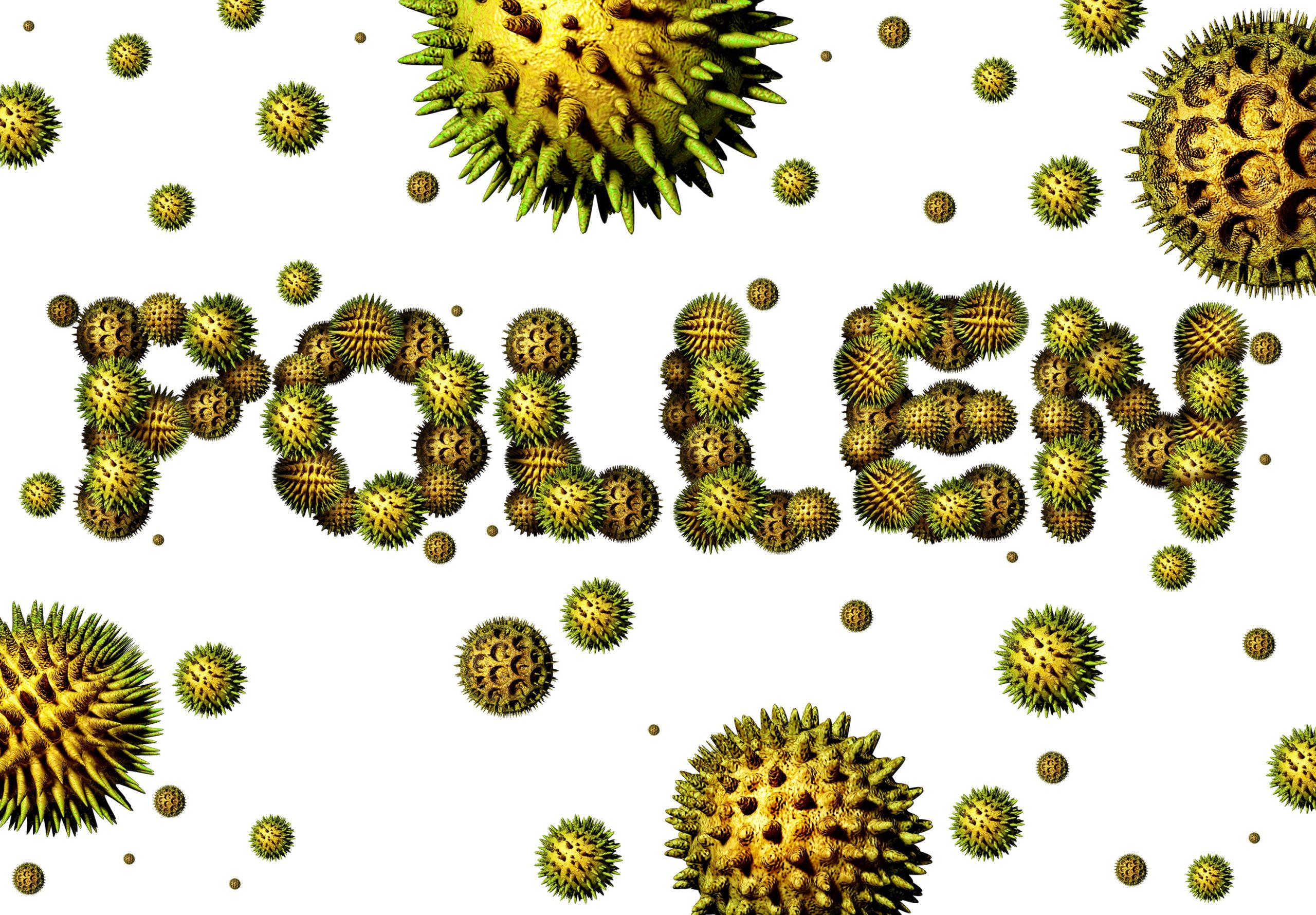
Cedar Pollen Solutions: Pollen and Your A/C System
Have you ever woken up, thrown open the curtains, and looked out onto a beautiful world covered in…pollen? It’s a bitter, sneezy reality for much of the Southern United States, and it’s not going away anytime soon. Anyone who lives in an area that deals with high pollen levels has plenty of stories about it. You’ll hear stories about how cars get coated in a yellow powder or how the gutters run with streaks of yellow after rainstorms that never wash it all away. Pollen surges lead to allergies, and the cedar pollen is the most nefarious offender.
There are several different varieties of cedar trees to blame for your sniffling and runny nose. Texas A&M University lists the mountain cedar tree and the Ashe juniper (not an actual cedar tree, but it also affects people with cedar allergies) among the main culprits for causing what’s known as “Cedar Fever,” or the allergic reaction to cedar pollen. Symptoms of Cedar Fever don’t necessarily include an actual fever but still leaves you feeling miserable with itchy, watery eyes, sneezing, or feeling lethargic, among other reactions. Here are a few ways for you to use your home Heating, Ventilation, and Air Conditioning (HVAC) system to help bring relief in peak pollen season.
Filters for Fresh Air
A good air purification system is the first safeguard against pollen infiltrating your home. Whole-house air purifiers are installed in your HVAC’s duct system and provide an unobtrusive way to help clean the air in your home. An air purification system can use UV light, HEPA filtration, or other methods to remove pollen and other unwanted things from your home’s air. Contact your local, licensed HVAC service provider for a consultation on what kind of whole-house air purifier could suit the needs of your household.
It is also important to consider the air filters in your home’s HVAC system. Typically located at each return vent in your house, these filters need to be changed regularly to make sure they are cleaning the air to the best of their ability. You may need to change the filters more often during periods of high pollen, or consider temporarily using an air filter with a higher Minimum Efficiency Reporting Value, or MERV. The higher an air filter’s MERV rating, the more it can remove from the air, although it may restrict air flow and make your HVAC system work harder than normal.
In a pinch, you can also create your own extra air filter to help pull more pollen out of the air. This can be done by purchasing a filter and simply attaching it to a box fan so that the air is pulled through the filter. Further filtering power can be added by using three filters: connect them edge-to-edge so they form a triangle, then attach one filter to the box fan so that air will go through all three filters. While not a perfect system, this can provide added relief.
SEE ALSO: Are all Air Filters the Same?
Don’t Bring it Inside
Spending any amount of time outside while dealing with allergies can be tough, so it’s best to head inside to seek relief from your symptoms. Before you settle on the couch with a nearby box of tissues for your runny nose, make sure you’re not taking your allergens in with you. One way to reduce pollen and other outdoor allergens entering your home is to wipe down anything brought inside. If you were outside for any length of time, you may want to remove your clothing and put on new, clean clothes. Put those pollen-dusted clothes right in the washing machine to give as little contact as possible with other surfaces in your home. You can also wipe down shoes, hats, purses and bags with a damp cloth to help remove pollen.
Don’t forget your family pets! After taking your dog out for a walk or letting them play in the backyard, wipe them down with a damp towel to help remove any pollen that got on their fur. Grooming them with a brush can also help remove any pollen that gathered in a pet’s fur. It can be harder to track an indoor/outdoor cat if you permit them free access to the outdoors, but try wiping down their coat when you serve them a meal. Pairing the wipe-down with a high value treat can make this an enjoyable act for the pet rather than a struggle to escape what they might consider some new form of towel-based torture.
No Need for Removal
While the cedar trees on your property may seem more like pests than plant life during peak pollen season, don’t reach for the axe! There is no need to remove cedar or other pollen producing plants from your property. Although it may seem like it could provide relief by removing an immediate source of pollen, it will not do enough to change your local pollen count. Cedar pollen can travel for miles through the air, meaning you are affected by more than just the trees closest to you. The trees in your yard only represent a fraction of the cedar tree population, and it is only male cedar trees that produce pollen.
Take Comfort
Peak pollen season for cedar trees is, according to FarmersAlmanac.com, from December to March. If you’re sensitive to cedar pollen, plan ahead by making sure to have extra air filters on hand. Don’t forget to wipe down anything brought inside, and change clothes if you have spent time outdoors. A whole-house air purifier will not only help reduce your allergy symptoms by providing cleaner indoor air during Cedar Fever season, but will help provide relief all year long. Take a deep breath, find a box of tissues to keep at hand, and try these ideas to see if any of them help out during those high pollen count days.


